In anticipation of this week's print release, we sat down with artist Jenna Barton to discuss her views on social media, the rigors of studio life, her release with us and much more:

Where were you born and where do you live now?
I was born in San Francisco, California—but I didn’t stay there long. A couple of years later my family moved to Idaho, which is where I grew up, and I’m currently living in the mountains of Utah.

What are some of your first artistic memories? Have you always been drawn to animals and nature?
Oh yeah, I’ve been fixated on animals since I was very small. Nature was all I really cared about for most of my childhood. I loved to staple printer paper together to make little books, which I would clumsily draw pictures and write stories in—almost always about animals, real or imagined.

What's the story behind your social media handle, "Dappermouth?"
It’s almost too dumb to tell! You know those squiggly word ‘captchas’ that websites use to see if you’re human or not? Once I was filling out something online, and I got the words ‘mouth dapper’ for the captcha. I liked the way that sounded, switched around. I jokingly used it for my Instagram account, before I ever started posting art, and it just stuck.

Speaking of social media, you're quite popular - especially on Tumblr where your illustrations often have likes of over 50,000 plus. How do you think social media is affecting artwork and artists?
Tumblr is definitely where my art first started getting traction, which was pretty unexpected for me. I never really imagined it would take off! I see social media as the new frontier for artists—it’s the best way to put your work out there in front of new people and get feedback about what you’re doing. But that comes with its own drawbacks—it’s easy to feel lost in this huge ocean of artists when starting out, and if you do manage to gain a following, it’s easy to get overwhelmed by managing your social media presence when you should really be hunkering down and working on your craft.

Could you tell us a bit about your release with us, "Deep Forest Saint?"
I grew up in a very religious community, but never connected with religion in the way people around me did—I think, in a way, that piece was an attempt to visualize a sort of patron saint that I could feel something toward. Spirituality has always been a fearful and nebulous thing for me, and representing that in a cryptic way feels appropriate.

What's a typical day like in the studio for you? Do you do artwork full time?
I do work on my art full time, although I don’t stick to a rigid schedule. Usually I’ll spend one day fleshing out a concept, researching, and getting the basic sketch and color down. The next day, I’ll come back to it and start working on the piece in earnest. I like to finish most of my artwork like that, over the course of two days—I get the rough ideas down, then leave the concept for the night, and come back in the morning to see how I feel about it.

When you're not creating, what do you find yourself doing?
I love taking long night drives out in desolate places—Utah has many—and exploring old ghost towns, or strange little neighborhoods. Thankfully that’s not all I do in my down time, but it’s one of my favorites.

What's the most frustrating part of being an artist?
I think the hardest part, for me, is the gulf between what I see in my head and the feeling I want to evoke, and what’s there on the page. My technical skills sometimes limit what I want to convey, and I start wondering if I really had a clear picture of it in my head in the first place.

What's the best part of being an artist?
Sometimes, people will tell me that they’ve felt a strong personal connection to something I’ve made, and it’s lovely to hear that. Growing up, I felt so strongly about some of the art that I encountered, and it helped me to see myself more clearly. I always wanted to someday create something that would feel meaningful for someone besides myself, and seeing that happen is my favorite thing, ever.

What are some books or films every artist should read or see?
When I saw Hayao Miyazaki’s Spirited Away as a child, it stirred up an incredible desire in me to become a visual artist and create some kind of immersive world—I devoured all of his films after that, and I would recommend them to every artist on the planet. They’re poignant and visually stunning, and I think that creative folks from any background can learn a lot about evoking emotion by viewing them.

"Deep Forest Saint" will be available at 1PM PST, Thursday, September 6th.


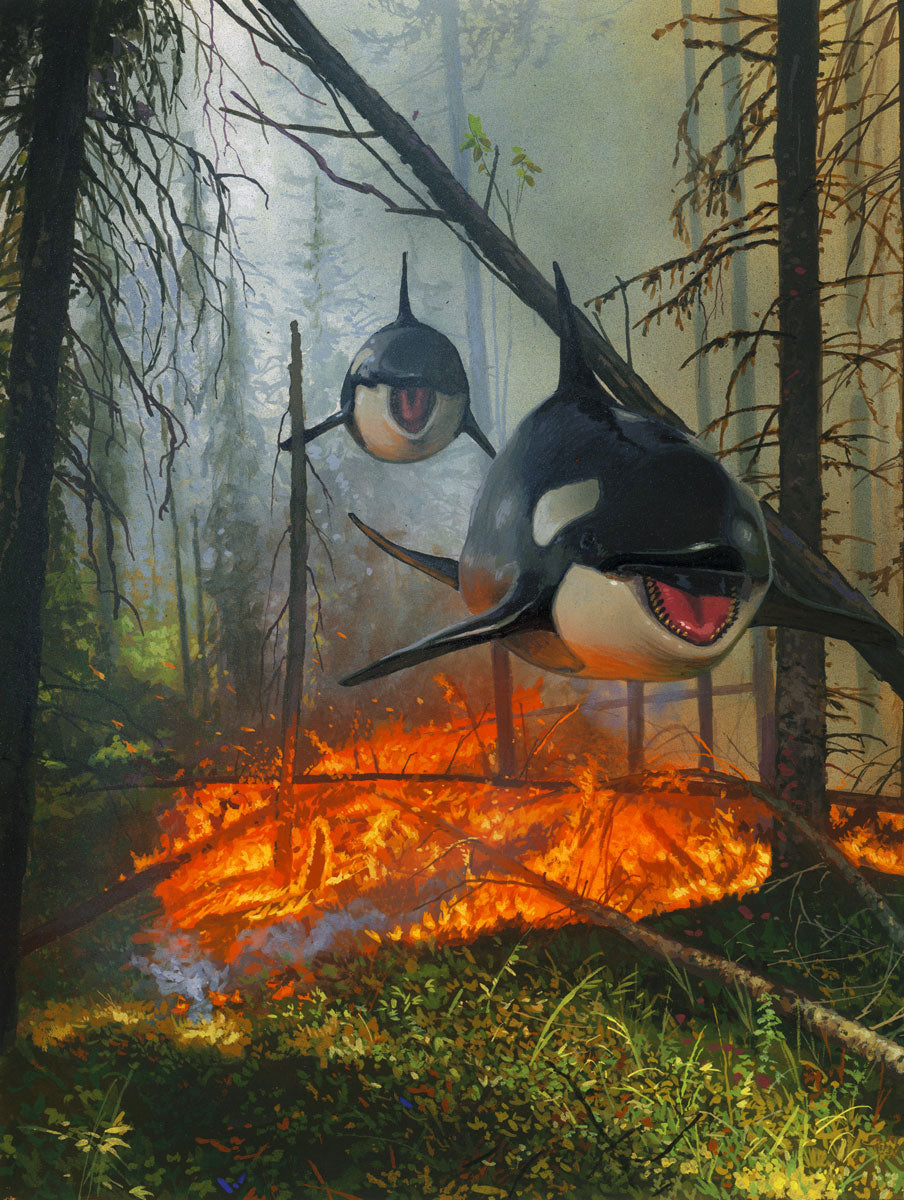
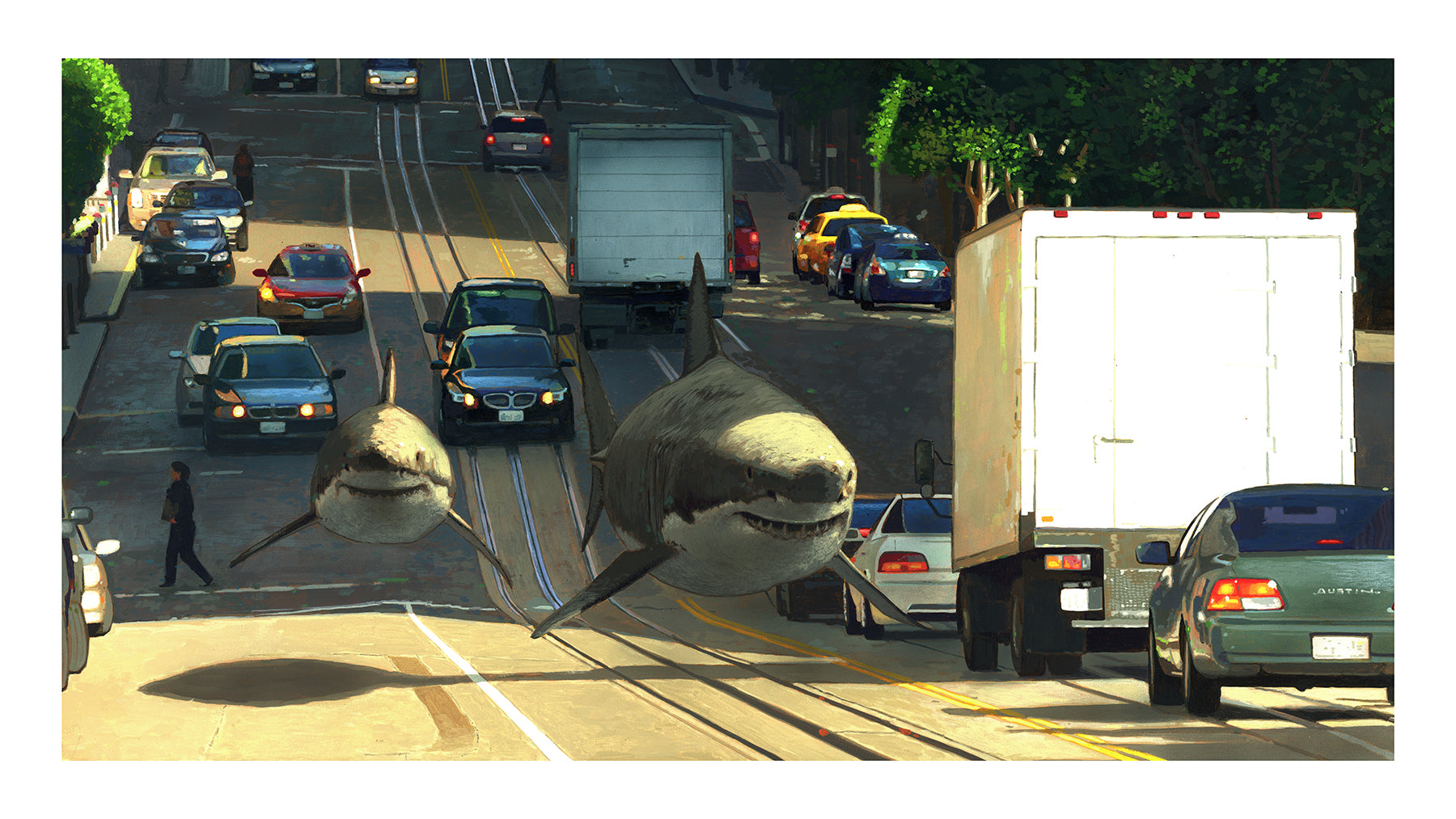
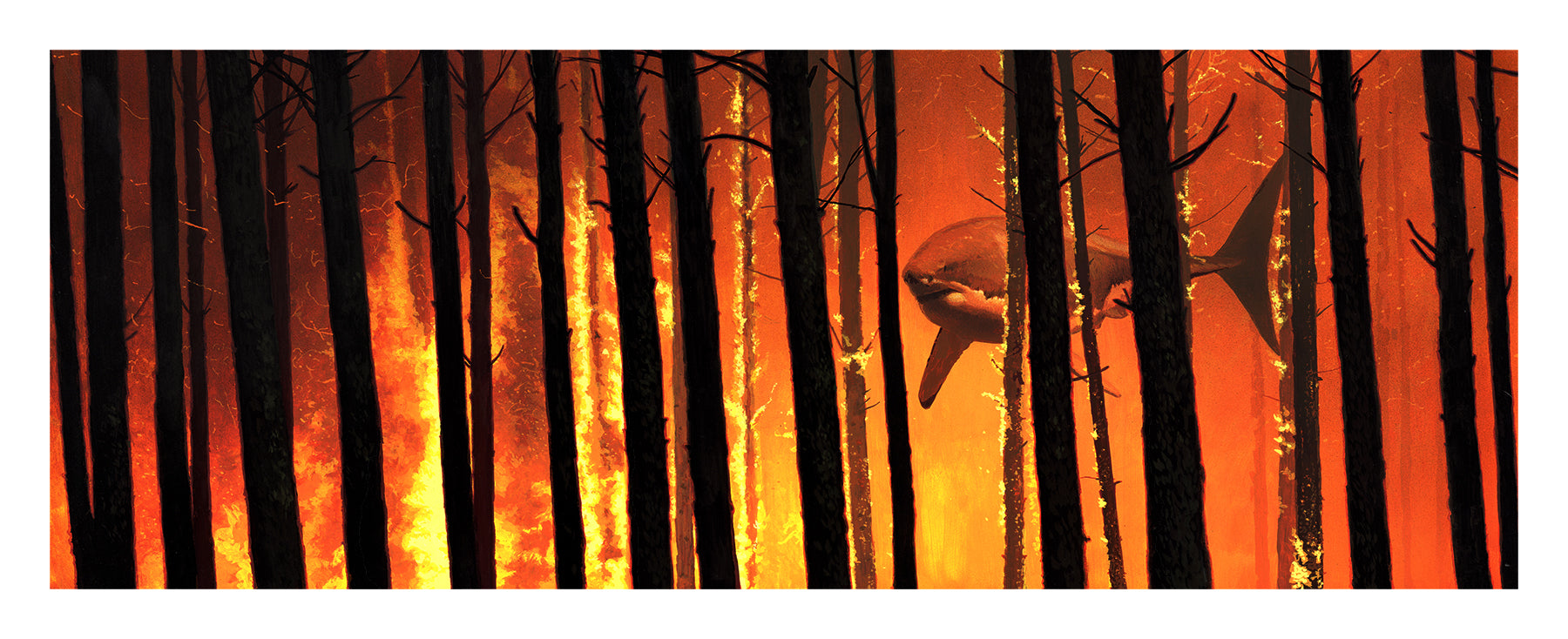
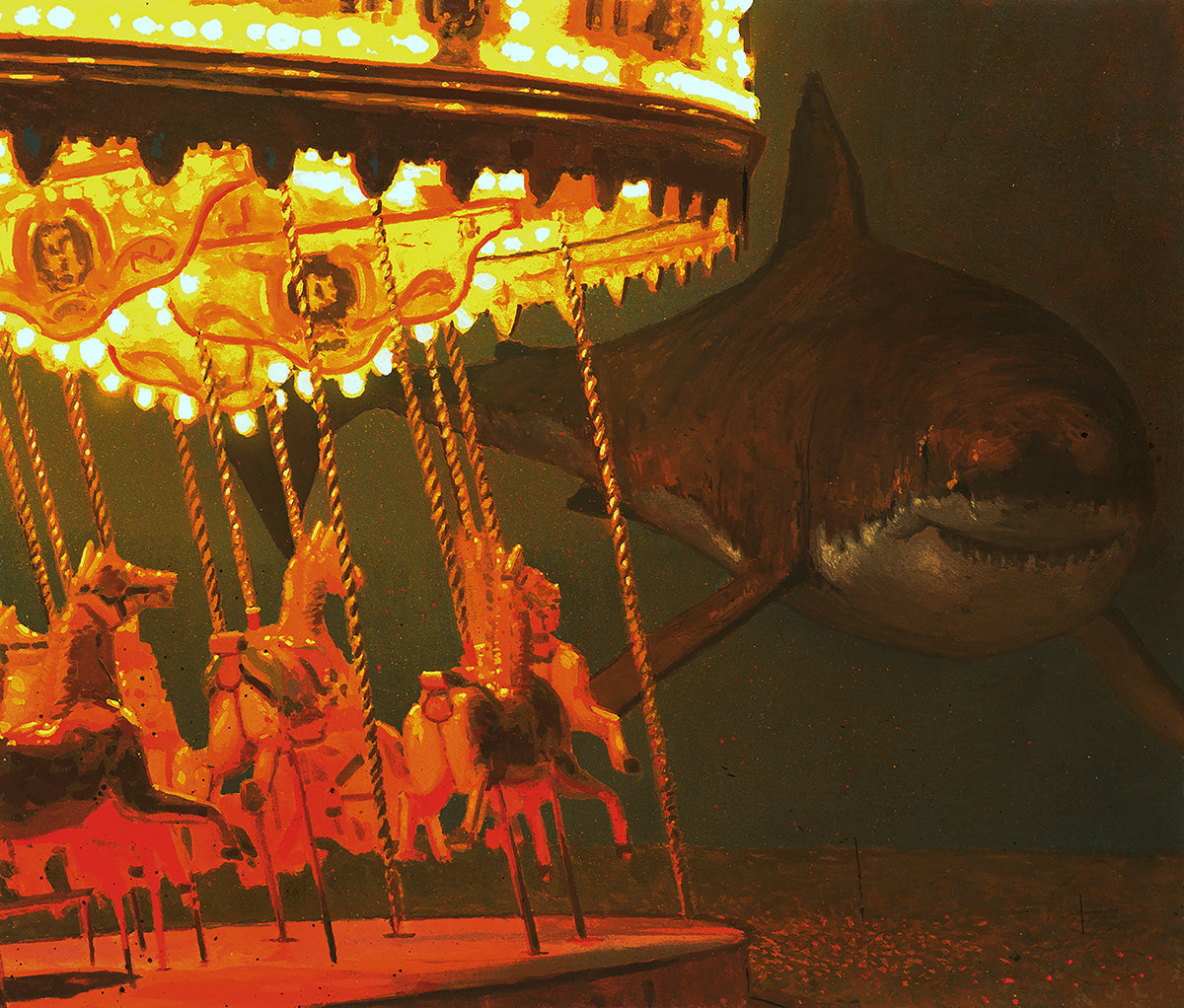
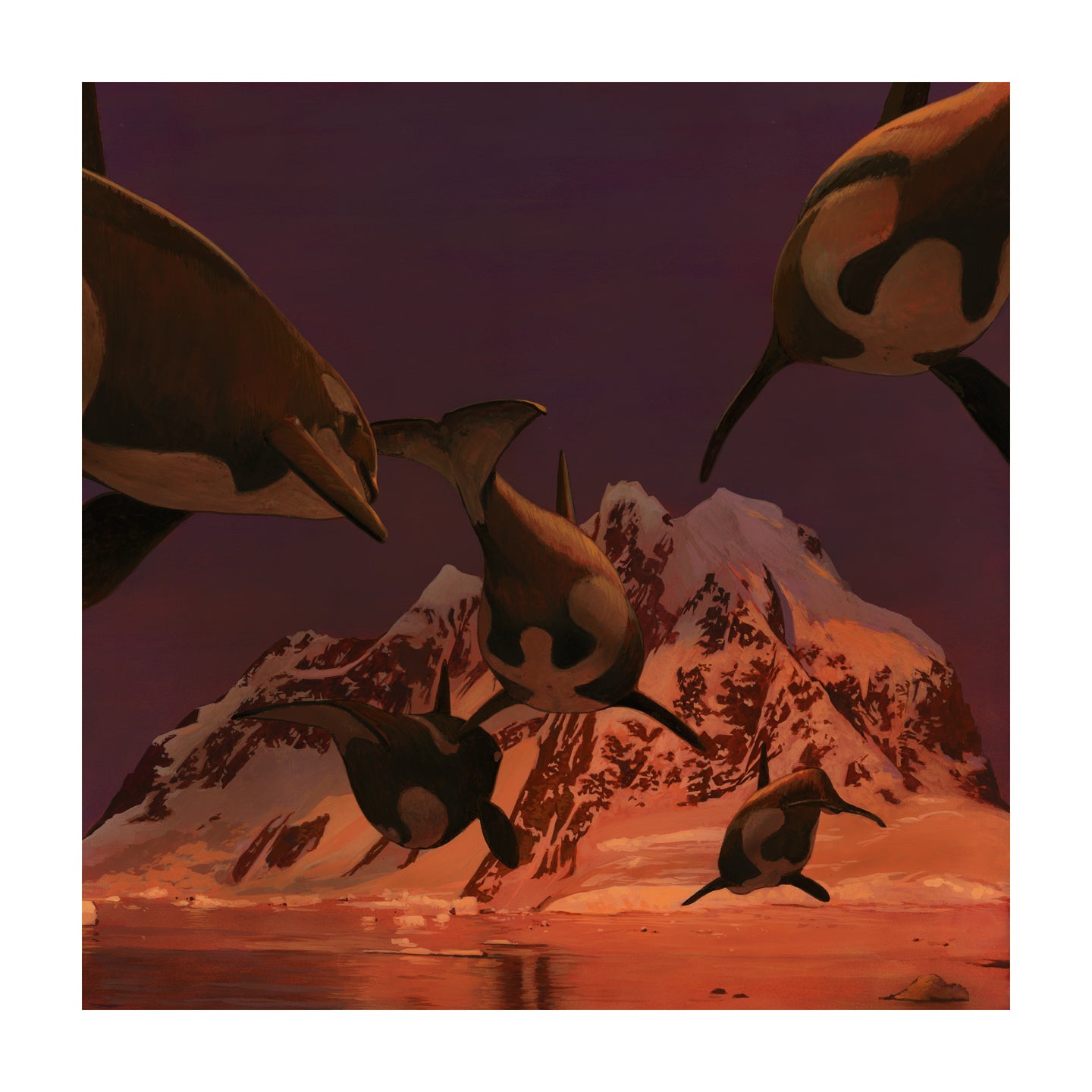
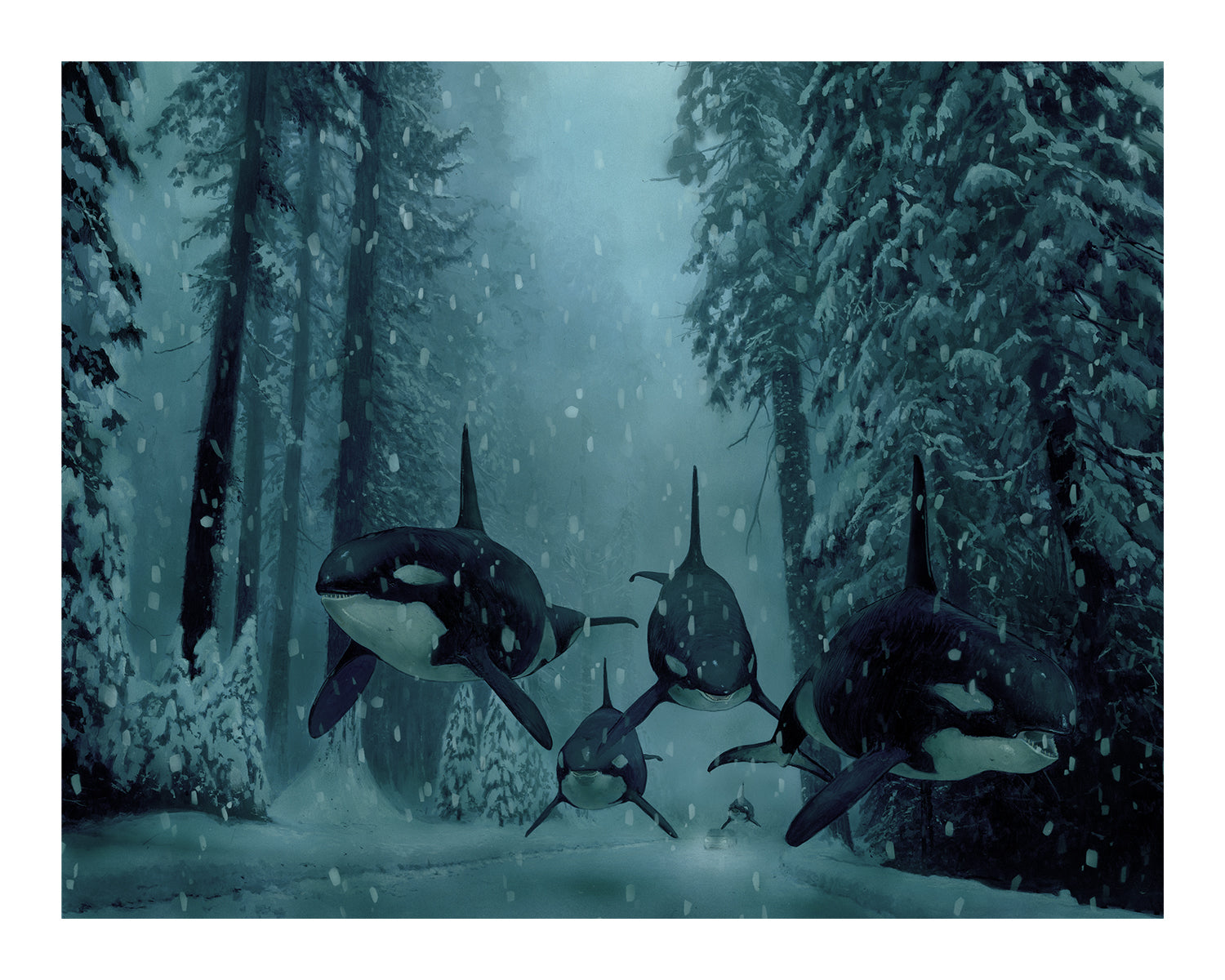
Leave a comment
This site is protected by hCaptcha and the hCaptcha Privacy Policy and Terms of Service apply.